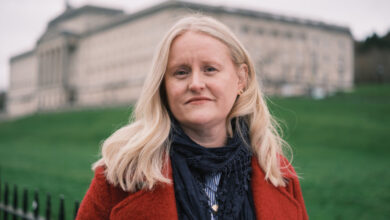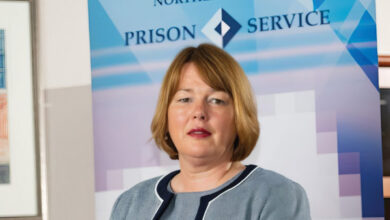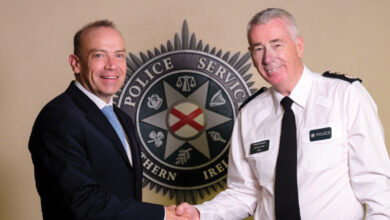The court caseloads
 agendaNi examines the main recent trends in court business, including a decreasing number of defendants and a rising number of children’s cases.
agendaNi examines the main recent trends in court business, including a decreasing number of defendants and a rising number of children’s cases.
The magistrates’ courts are the busiest part of the courts system as they take the first stage for criminal proceedings. However, the number of adult defendants decreased from 54,253 to 45,313 between 2010 and 2013. The number of youth defendants dropped from 3,409 to 2,241 in the same timeframe. These trends are connected to crime and arrest rates, decisions to prosecute, and the introduction of fixed penalty notices for dealing with minor public order offences. Magistrates’ courts also deal with 5,000-6,000 minor civil cases per year, including debts, licensing and matrimonial issues.
The County Court also deals with more substantial civil cases, mainly where the value involved is less than £30,000. The largest caseloads at the County Court are ordinary civil bills and small claims: around 11,000 and 10,000 cases per year respectively. It also hears around 4,000 appeals from the magistrates’ courts.
In the High Court, the volume of chancery and bankruptcy cases increased over the course of the recession but slight decreases were recorded between 2012 and 2013. The combined total of those cases was 6,162 in 2013. A recent decrease in writs from the Queen’s bench correlates with a change in the financial threshold which allows more cases to be heard at County Court level.
The volume of probate grants remained relatively steady between 2009 and 2012 before increasing in 2013 i.e. from 6,202 to 6,569. Divorce petitions decreased from 2,769 to 2,444 between 2012 and 2013, a trend which statisticians have explained by pointing to the financial costs involved. Long-term divorce trends are similar to those in Great Britain. A small number of civil partnership dissolutions – 20 in 2013 – are also considered each year.
Some of the most sensitive cases before the courts involve the Children (Northern Ireland) Order 1995. Applications increased by 30 per cent over the last four years and stood at 5,777 in 2013 – it is unclear whether this is due to the increased reporting or increased incidence of abuse and neglect of children. The number of inquests decreased from 151 to 139 between 2012 and 2013 although a significant number of potential cases for inquests remain outstanding from the Troubles.
In the Court of Appeal, between 2012 and 2013, the number of criminal cases received went up from 66 to 117 while the number of civil cases went down from 115 to 92. Nineteen applications for a final appeal from Northern Ireland were heard by the UK Supreme Court in 2013-2014, up from 16 in the previous year.
Aside from remarks in court, judges rarely comment on their work in public. In his annual speech on the opening of the legal year, last September, Lord Chief Justice Sir Declan Morgan remarked that every case is different and it is the judge’s responsibility “to act independently and courageously in applying the particular facts to the law and to reach a decision, unpopular or otherwise.”
He added that the biggest challenge facing the courts system came from the “criminal or otherwise intrusive and cruel use of technology” as evidenced by the rise in cyber-crime. On a positive note, technology presented opportunities for the courts e.g. through the increasing use of live links for vulnerable and expert witnesses.





